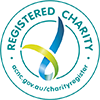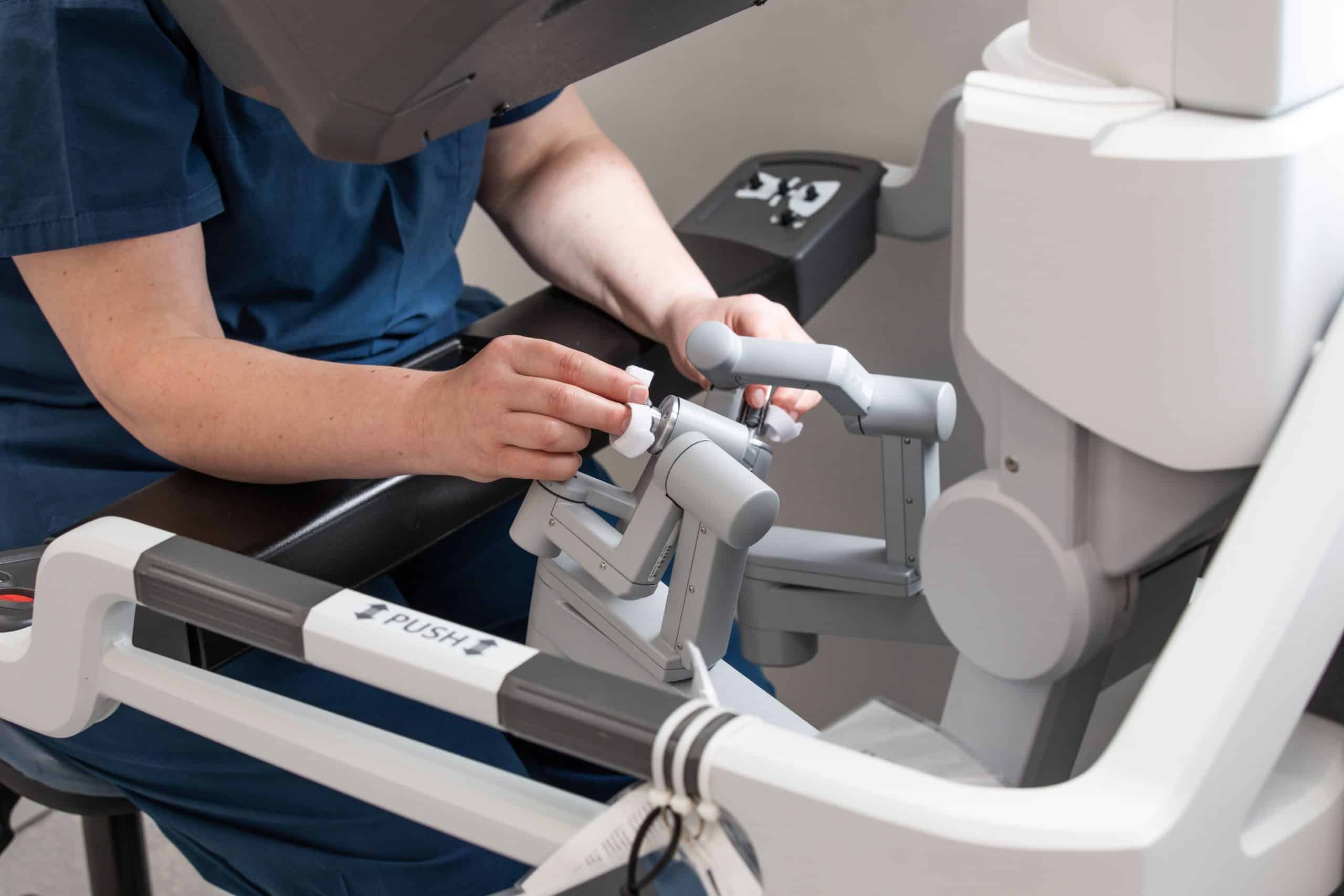We’re here to reduce the burden of head and neck cancers
The Australian and New Zealand Head and Neck Cancer Society (ANZHNCS) was established in 1998 to promote quality care for all head and neck cancer patients.
Drawing on the expertise of specialists from disciplines including surgery, radiation oncology, medical oncology nursing and allied health, the ANZHNCS continues to work towards minimising the impact of head and neck cancers.
What is head and neck cancer?
As the name implies, head and neck cancer refers to a range of cancers occurring in the head and neck region of the body. There are actually many different types of these cancers (see below for a brief explanation of the main ones).
Head and neck cancer is around the seventh most common type of cancer in Australia. It is much more prevalent in men than women.
One of the things that can make head and neck cancer particularly challenging is that its effects are often both highly visible and very debilitating, even if it’s been treated successfully. For example, the cancer itself or its treatment can cause scarring in areas not easily hidden by clothing, or it may make it difficult to swallow food and drink or speak properly.
Signs and symptoms
Because there is a diverse range of head and neck cancers, the signs and symptoms are also quite diverse. Generally it will depend on the exact site of the cancer, but some of the most common symptoms are:
- A mass or lump in the neck or face
- An ulcer that persists for two weeks or more
- White or red sores in your mouth
- Jaw pain, difficulty opening the mouth, or unexpectedly loose teeth
- Pain or bleeding in the mouth
- Difficulty breathing or speaking
- Pain when swallowing
- Chronic sore throat or neck pain
- Frequent headaches
- Difficulty hearing
- Chronic nasal congestion or sinus infections
- Frequent nosebleeds
- Swelling around the eyes or double-vision
- Numbness or weakness of facial muscles
- Hoarseness
Of course, other things may also cause these symptoms. Please see your doctor or dentist promptly if you have any of these symptoms so they can be investigated properly.
Types of head and neck cancers
Laryngeal
Originating in the larynx (voice box), laryngeal cancer will often have a significant impact on the voice and swallowing.
Pharyngeal
The pharynx, otherwise know as the throat, is divided into three sections: the nasopharynx (behind the nose); the oropharynx (behind the mouth); and the hypopharynx (behind the larynx). Pharyngeal cancer can occur in any of these areas, all of which can impact on speech and swallowing.
Lip and oral cavity
This usually begins in the cells lining the lips or inside the mouth, including the main part of the tongue. Some cancers on the lip, especially the lower lip, are caused by sun exposure.
Nasal cavity and paranasal sinus
The nasal cavity consists of all the passageways behind the nose that air moves through, while the paranasal sinuses are hollow cavities in the bones around the nasal cavity. Cancer can begin in the membranes that line these cavities.
Tonsil
There are actually three types of tonsils in the throat – behind the nose (adenoids), at the back of the tongue (lingual) and at the sides of the throat (palatine). Tonsil cancer usually involves the palatine tonsils.
Salivary gland
Because the salivary glands produce saliva, which helps us chew and digest food, this type of cancer can have a big impact on chewing and swallowing.
Thyroid
The thyroid gland sits in the front of the neck. It produces a number of hormones, which regulate things like heart rate and energy metabolism. Cancer of the thyroid gland tends to affect women more than men, and is usually slow growing.
Skin
This may seem a little strange to include in head and neck cancers, but skin cancer (particularly non-melanoma skin cancer) is very common on the face, neck, ears and top of the head because these areas tend to get a lot of sun exposure. These cancers can also spread to lymph glands, causing lumps in front of the ears and on the neck.
Typical treatment
Nearly everyone with head and neck cancer in Australia and New Zealand is treated by a team of health professionals called a multidisciplinary team (MDT). This team may consist of:
- A GP who will arrange for initial tests and may refer to other specialists
- An Ear, Nose and Throat surgeon
- A Head and Neck surgeon
- An Oral and Maxillofacial surgeon
- An Endocrine surgeon
- A medical oncologist who specialises in chemotherapy
- A radiation oncologist who specialises in radiotherapy
- A plastic and reconstructive surgeon
- Radiologist
- Anatomical Pathologist
- Oral Medicine Specialist, Special Needs Dentist
- Cancer nurse
- Speech pathologist
- Dietitian
- Physiotherapist
- Anaplastologist
- Prosthodontist
- Audiologist
Treatments used for head and neck cancers vary depending on their type, location and size. Often it will involve a combination of different options or modalities, such as surgery, radiation therapy, chemotherapy and targeted therapy.
Surgery generally involves removing the cancerous tissue, as well as some of the healthy tissue around it. Often, reconstructive surgery is also performed.
Radiation therapy (or radiotherapy) uses waves of high-energy rays to destroy cancer cells. Radiation therapy can be used before surgery to try and reduce the size of the cancer, as well as after surgery to minimise the risk of a recurrence.
Chemotherapy refers to the use of drugs to destroy cancer cells. Because most cancer cells multiply rapidly, chemotherapies tend to target rapidly growing cells. Like radiation therapy, chemotherapy can be used before and after surgery.
Targeted therapy uses different sorts of drugs that target specific cancer cells without harming normal cells.
Following surgery and some other treatments, patients may need help to regain the ability to swallow, eat solid foods and speak. They may also benefit from counselling and other support services.
It’s important to discuss all of these treatment options with your doctor to work out what is going to be best for you.
Further information
Head and Neck Cancer Australian (formerly Beyond Five) is an Australian organisation that provides comprehensive information and resources for people with head and neck cancer and their families.
Cancer Australia, a service of the Federal Government, is a good source of information and provides access to multilingual services.
The Cancer Council runs support groups in each State and Territory, and provides many other useful support services.
Information and position on E-cigarettes.


